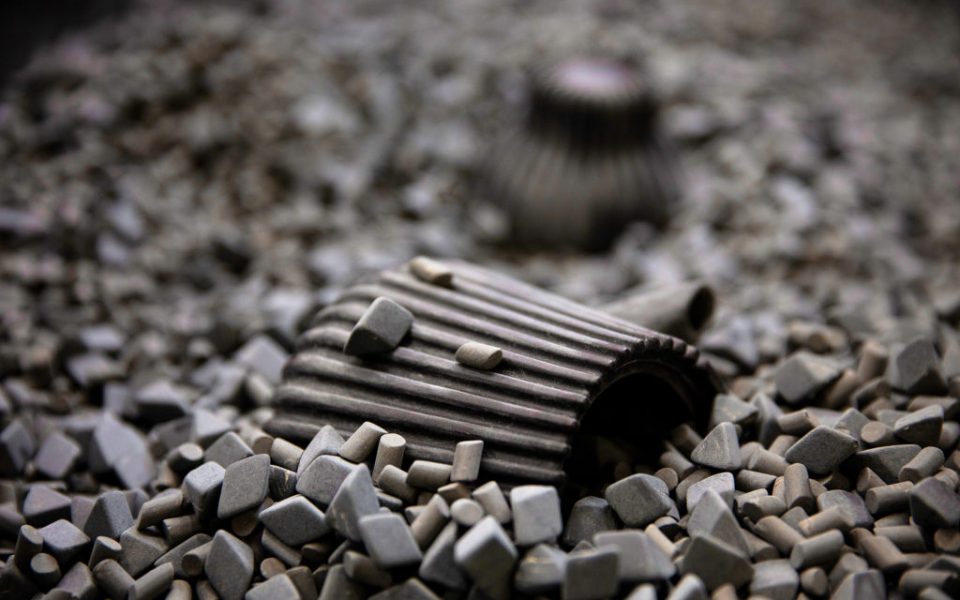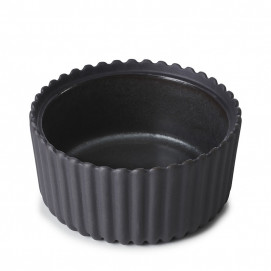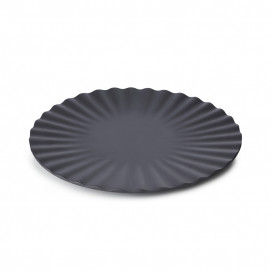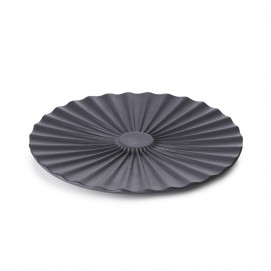In a fast-paced world, constantly surrounded by distractions, we crave an outlet for relaxation. To sit down without distractions and enjoy being present. Breathe in and savor the moment of now of right now and right here. This is what Japanese tea ceremonies are all about. They are a classical ritual to instill being present in the now. Sounds great? Here we will deep dive into what is the history of Japanese tea ceremonies. We will talk more about how it traveled from China to become a sacred practice in Japan, now inspiring the entire world to sit down to savor the moment.

Origin
The history of Japanese tea ceremonies is deeply rooted in cultural tradition. Chinese monks brought the practice to Japan in the 8th century who drank the beverage infused with herbs as medicine. The tea, at the time, didn’t find significant meaning in society. the exclusive elite most typically consumed the drink. However, the brew made a revival four centuries later. Buddhist Zen monk Eisai spread the tradition of drinking a type of green tea called matcha. Monks at the time drank it so as to no fall asleep during long periods of sitting meditation. Eisai introduced a new way of preparing tea by placing matcha in a bowl and adding hot water to stir the ingredients together. They became commonly found amongst monks and slowly began to sip into the way of Japanese life.

Zen Buddhism
Maintaining the order of the mind is a pillar custom in Zen Buddhism. Tea ceremonies become a sacred practice allowing the opportunity to practice realizing such a state of mind. Tea parties started to develop around this time that practiced spirituality and simplicity. Japanese tea ceremonies became regarded as practice for sober refinement. It allowed for a celebration on the emphasize on the simple. A concept important in reaching spiritual enlightenment.
In the 15th century, tea was now part of daily life spreading to all strata of societal classes. Sen No Rikyu, a historical figure in the world of tea, perhaps one of the most famous ones, took the principles of his master and developed the philosophy of Way Tea or “Chado”. The principles within the philosophy were harmony, respect, purity, and tranquility. Ideas that are still important to the culture of tea drinking today and crucial in tea ceremonies. Tea ceremonies because important politically. Following the death of Sen No Rikyu, the school of tea descended into three schools continuing the tradition.

The ceremony
Now that we answered some questions about what is the history of Japanese tea ceremonies, let’s dig into how the ceremony is conducted. The most formal one is the noon tea gathering called shaji. It takes place in a special room decorated with Tatami mats called shashitsu. To enter the room, you typically use a sliding door.
The ceremony is followed by strict protocol and etiquette. Both hosts and guests must adhere to special guidelines for preparation and drink tea. The host prepares for the ceremony weeks in advance by sending formal invitations and preparing their souls by cleansing away distracting thoughts from the outside world.
Typically, five people or less participate in the ceremony. Guests sit on the tatami mat located on an alcove. Prior to the ceremony, the guest must also prepare spiritually for the ceremony by washing hands and rinsing the mouth. It is to symbolically wash away dust from the outside. Prior to entering the room, guests must wait to receive a signal indicating that the host is ready to receive them. Removing shoes before entering the tea house is a sign of respect.
Drinking tea
The guest should take their place on the tatami mat on the alcove sitting in a kneeling position on one’s knees. Traditionally, the host will wear a kimono for the ceremony. The clean the tea tools in front of the guest. The graceful positioning of the host is essential for the practice. The host will then present the tools aesthetically in front of the guest and begin to prepare the tea. In a bowl, matcha powder is combined with water to create a thin paste. After, more water is added to dilute the paste.
The host will then offer the tea bowl to the main guest. Accepting the bowl, bow to the host and raising the bowl in a sign of respect is crucial. Before taking a sip, the rotate it and compliments the host on the tea. By wiping the rim of the bow and passing it down to the next guest. Each guest has an opportunity to drink the tea from the same bowl. Thereafter, each guest is given their own bowl of tea and now the guest can now engage in conversation. At the end of the ceremony, the host will collect the utensils of the guests and clean them in front of their guests. Finally, they inspect the utensils as a sign of respect before the ceremony is officially over.

The Teapot
The equipment was always central throughout the history of Japanese tea ceremonies. All tea tools are handled with extreme care. Japanese tea ceremonies are sacred in nature, however, individuals can still draw upon the practices and philosophies enjoying their own tea time.
Usually, tea is drinking out of a solid teapot. Pekoe, a type of high-quality black tea from young leaves, gives the name to the tea collection. The designer Lucas Frank as inspired by the tea culture of Japanese and the artistry that goes behind the ceremonies. Drawing upon the essence of traditional tea ceremonies, combining it with the culinary invention and technical finesse. Moreover, it is the tea collection made with the philosophy of tea ceremonies in mind for modern-day life. To read more about how to choose the perfect teapot for tea ritual, we share our tips here.
Made of black porcelain clay, smooth black enamel and the inside with an aged silver for an elegant yet artistic look. Never compromising design for quality and has the same quality as porcelain. This teapot is ideal for a modern approach to the long-established customs of tea ceremonies.






